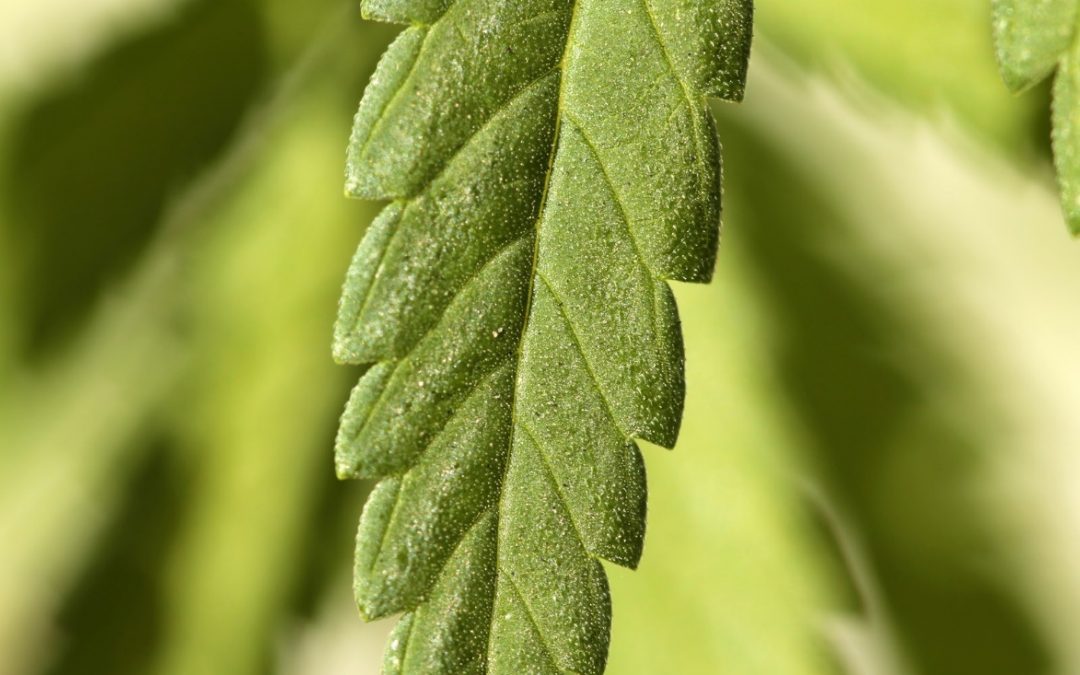Although many have heard about certain compounds found in cannabis like THC and CBD, many are surprised to find out that there are also cannabinoids that naturally exist in our bodies. In fact, cannabinoids like cannabidiol (CBD) and tetrahydrocannabinol (THC) are known as phytocannabinoids – the prefix “phyto” refers to the fact that these medicines are derived from a plant source, specifically the Cannabis sativa plant.
However, the human body actually produces its own type of cannabinoids, called endocannabinoids (“endo” means “within,” in reference to their origination within our bodies). As a crucial part of the endocannabinoid system, endocannabinoids help us feel and perform at our best. When our endocannabinoid system is functioning properly, our bodies are able to maintain what is known as homeostasis, or the optimal state for our cells and tissues to function. Massachusetts medical marijuana doctor Jordan Tishler explains further.
What Is The Endocannabinoid System?
The endocannabinoid system is a vital biological system that aids in regulating many essential functions in animals, including sleep, memory, pain modulation, mood, and digestion. Even those who have never used cannabis have endocannabinoid systems, and humans aren’t the only species with endocannabinoid systems – in fact, most animals have endocannabinoid systems, even invertebrates like jellyfish!
The endocannabinoid system, or the ECS, is comprised of three parts:
Endocannabinoids
Endocannabinoids are endogenous lipids, meaning that they are synthesized from fat and are synthesized on demand by our bodies, and bind to the same cannabinoid receptors that THC and CBD react with when we use or consume medical cannabis. The two most abundantly produced endocannabinoids in the human body are Anandamide and 2-arcarchidonoylgercerol (2-AG). These cannabinoids play a significant role in a number of biological processes – there is evidence to suggest that Anandamide may be responsible for producing the feeling of euphoria after vigorous exercise, also known as a “runner’s high.”
Cannabinoid Receptors
Endocannabinoids and phytocannabinoids alike engage with cannabinoid receptors located throughout our bodies, particularly our CB1 and CB2 receptors, which are our two major cannabinoid receptors. CB1 receptors are most abundantly found in healthy brain, whereas CB2 receptors are mostly found outside of the central nervous system, instead concentrated elsewhere, mainly in the immune system.
Metabolic Enzymes and Cannabinoid Antagonists
The third part of the endocannabinoid system consists of the metabolic enzymes that make and degrade these endocannabinoids. When the ECS is functioning properly, endocannabinoids are synthesized on demand as needed by the body. Unlike hormones or neurotransmitters, which can be stored for later use after synthesis, once endocannabinoids are created, they are quickly used and broken down. The enzyme FAAH breaks down Anandamide, and the cannabinoid 2-AG is broken down by MAGL. These enzymes generally do not break down phytocannabinoids like THC and CBD, which is done in the liver, and explains why the “high” one feels after using cannabis lasts longer than the fleeting sense of euphoria experienced after jogging.
The Endocannabinoid System Is a Crucial Biological System
The endocannabinoid system works to ensure that the systems within all of our bodies are able to maintain homeostasis or the state in which they are able to function at their best. Optimization of the endocannabinoid system is vital to our wellness, and when someone’s endocannabinoid system is not working properly, their health may suffer. There is a hypothesis that perhaps there is a clinical endocannabinoid deficiency syndrome, or a CECD, which may be caused by complications in the endocannabinoid system that result in a scarcity of endocannabinoids. It is possible that some poorly understood diseases, like fibromyalgia and irritable bowel syndrome (IBS), might be related to such an endocannabinoid deficiency syndrome.
The Benefits of Phytocannabinoids Like THC
There are over 100 phytocannabinoids found in cannabis, and we’re learning how to use many of them in distinct ways to treat disease. Studies have shown that phytocannabinoids like THC can be effective for pain control, insomnia, nausea and vomiting, anxiety and depression, etc.
New understanding is leading the way to more specific treatments. For example, THC-A can help those with autoimmune diseases such as Rheumatoid Arthritis and Lupus. Although currently many are focused on CBD because it’s non-psychoactive, THC-A is also non-psychoactive, meaning that it won’t produce a “high”. THC-A is 10-20 times more effective as an anti-inflammatory and analgesic than CBD. It is also safer than CBD which can interact with many conventional medications including blood thinners like Warfarin and Plavix.
CBN (Cannabinol), Myrcene, and Caryophyllene are other exciting components of cannabis that are slowly coming to the fore in the treatment of certain illnesses.
Consult A Medical Cannabis Expert For Specialized Care
For those looking to learn more about cannabis and the endocannabinoid system, or to set up a consultation with Boston medical cannabis professional Jordan Tishler, a trained cannabis specialist and faculty at Harvard Medical School, contact the team at InhaleMD by calling us at 617-477-8886. We stand ready to help patients determine if and how medical cannabis may benefit them and can answer any questions you may have.

